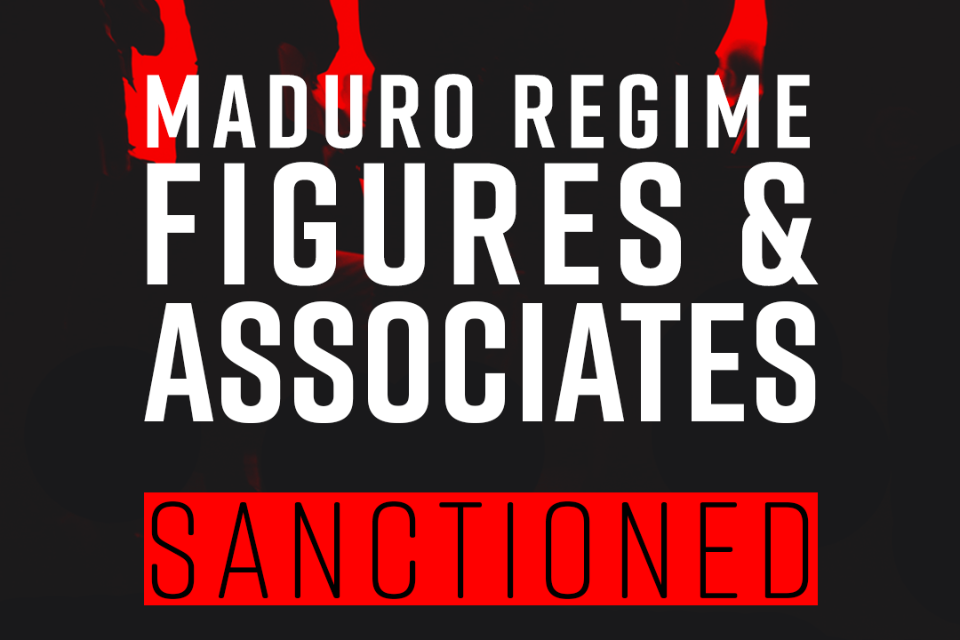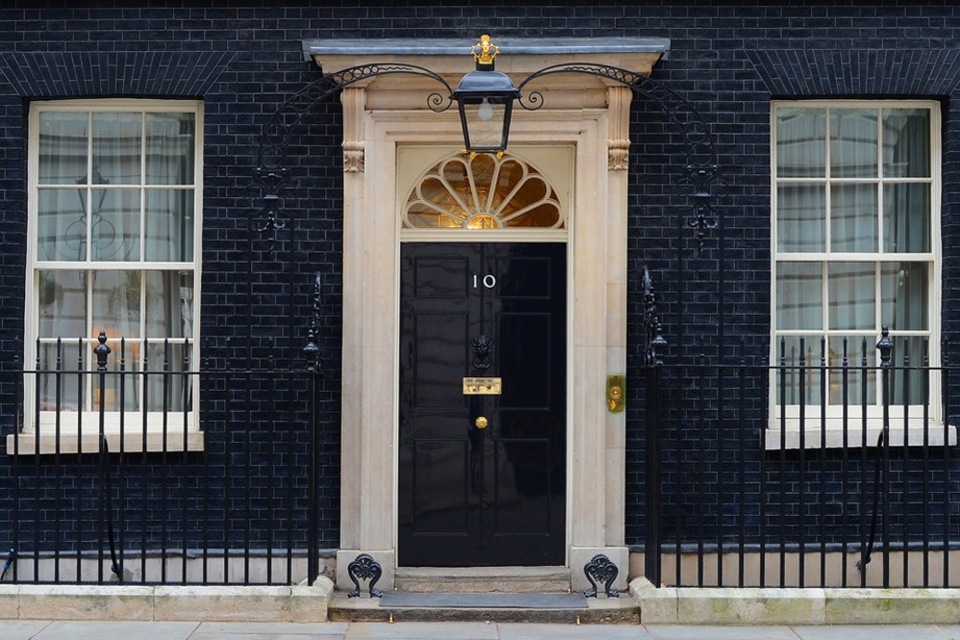- DASA has launched a new Themed Competition: Protecting Physical Assets from UAS Attack
- Funded by the National Protective Security Authority (NPSA), the UK Home Office and the Defence Science and Technology Laboratory (Dstl)
- Total funding available is £750,000 (excluding VAT)
- Competition closes midday 13 June 2024 (BST)
The Defence and Security Accelerator (DASA) is pleased to launch a new Themed Competition called Protecting Physical Assets from UAS Attack. This competition is jointly funded by the National Protective Security Authority (NPSA), the UK Home Office and the Defence Science and Technology Laboratory (Dstl).
We are seeking proposals that can provide a defensive solution for physical assets as a countermeasure to an Uncrewed Aerial System (UAS) kinetic attack. The current Counter-UAS (C-UAS) technology market focuses on targeting the UAS in flight. This competition aims to move away from conventional C-UAS methods and instead explores the most effective ways to provide physical protection to various assets from hostile UAS. This includes options for hardening the asset, providing blanket last-ditch defence, and deploying automated alerts for incoming hostile UAS.
Read the full competition document and submit a proposal here
Background
The war in Ukraine has demonstrated how vulnerable assets can be to roving UAS attacks. The conflict has seen widespread deployment of C-UAS capabilities, such as Detect, Track, and Identify (DTI) technologies, as well as electronic or kinetic effectors to stop a UAS in flight.
However, these solutions have limitations and this Themed Competition seeks to resolve them in order to ensure we keep the winning edge over adversaries.
The widespread use of UAS has demonstrated three main limitations in the deployments of C-UAS technologies:
(1) C-UAS technologies are not always located in the right place to prevent a UAS attack
(2) the difficulty of maintaining a cohort of trained personnel who are also located in the right place to prevent a UAS attack
(3) the C-UAS technology doesn’t fully mitigate the ever-developing UAS capabilities and tactics deployed to circumvent these technologies.
These factors highlight the need to go back to basics and reinforce C-UAS technology with physical last-ditch security countermeasures to mitigate the effects of a kinetic UAS attack.
Do you have a suitable innovation? Read the full competition document and submit a proposal.
Key dates and funding
The total possible funding available for all successful bids to this competition is £750,000 (excluding VAT). Individual proposals must be for an amount less than £150,000. A number of proposals may be funded.
The deadline to submit a proposal is midday on 13 June 2024 (BST).
Supporting events
Launch webinar: 2 May 2024 1.30pm to 2.30pm (BST)
This webinar offers the opportunity to find out more about this DASA competition, and the chance to ask questions of the competition team.
Register now
1-2-1: 9 May 2024 sessions provided between 1pm and 4pm (BST)
A series of 10 minute one-to-one teleconference sessions, giving you the opportunity to ask specific questions. If you would like to participate, please register on the Eventbrite page. Booking is on a first come first served basis.
Register now
Read the full competition document and submit a proposal here
Challenge areas
This competition has two challenge areas, which aim to address the increasing threat against the security of UK military forces at home and abroad, as well as civilian assets, VIPs and the wider public. We are looking for responses that will contribute solutions to at least one of the two challenge areas:
Challenge 1: Protecting a static asset
Challenge 2: Protecting an asset on the move
Read more on the challenge areas and see examples in the competition document here
Submit a proposal
This competition is seeking proposals that enhance physical security countermeasures, which will be used to mitigate a UAS kinetic attack. The current C-UAS technology market focuses on targeting the UAS in flight, whereas we want proposals that focus on how to protect a static or mobile asset from a hostile UAS. If you have an innovative C-UAS innovation, submit your proposal to support national security.









